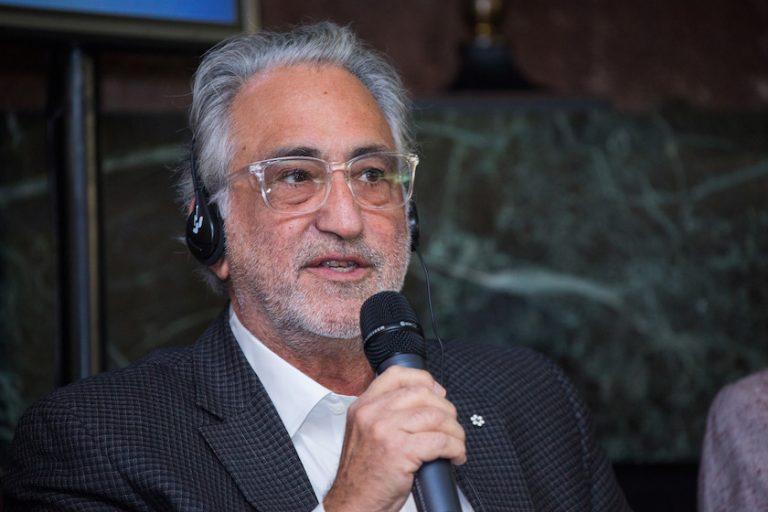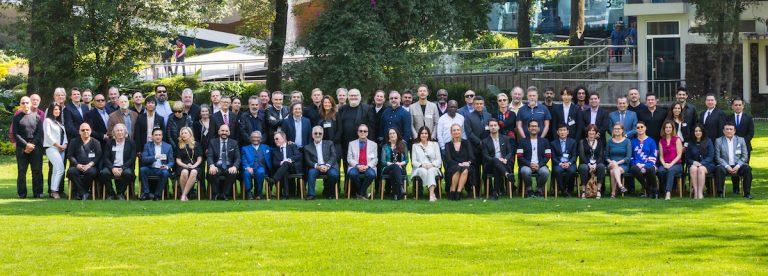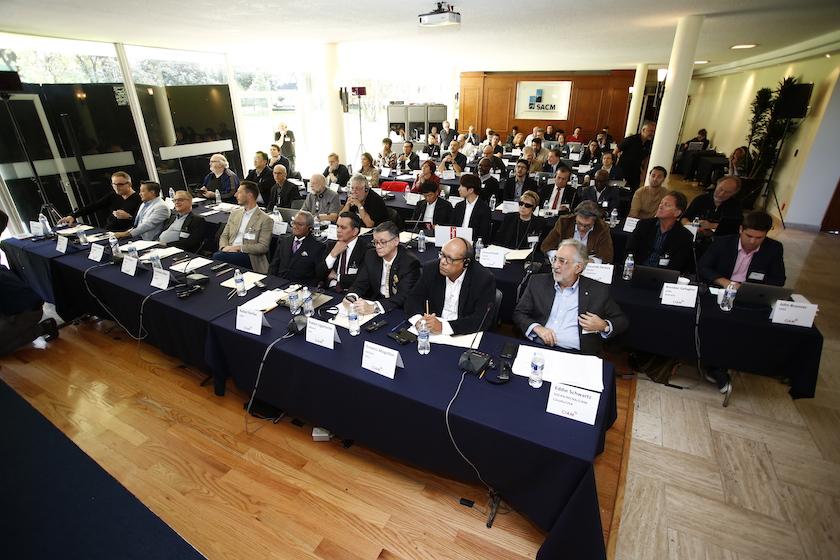
Gender equity and new generations bring over 30 countries to Mexico for CIAM’s annual General Assembly
Hosted by the Mexican collective management society SACM, the CIAM General Assembly (GA) held two days of discussions to build cooperation and understanding between music creators, five CIAM continental alliances and to strengthen CIAM as the unified global voice of music creators.
SACM generously welcomed the GA as well as the CIAM Executive Committee meeting and a joint ALCAM and MCNA meeting prior to the congress, bringing creators from all the Americas together.
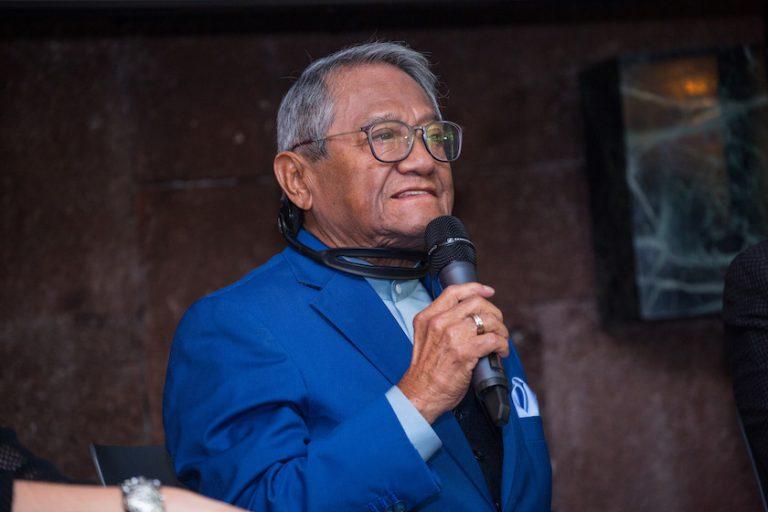
The GA brought a set of new approaches called CIAM 3.0 into the forefront, focusing on reaching the next generation of creators, increasing gender equity and diversity, reinforcing CIAM’s continental alliances as well as maintaining creators as central to collective management organisations in the future.
After a video welcome from CISAC Board Chair Eric Baptiste and CISAC Director General Gadi Oron, CIAM President Eddie Schwartz, introduced celebrated Mexican composer and SACM President Armando Manzanero who welcomed music creator attendees from over 30 countries. Manzanero said, “The feeling of composers throughout the world is the desire to make music, but also to be fairly reimbursed. We have to face all that has to do with new technology that I, as a composer, find exceedingly difficult to do.” He then called upon people in the room to “use half of your heart and half with technology” in order to support music creators and copyright.
ASCAP CEO Beth Matthews delivered a keynote, drawing attention to the opportunity of today to distribute content “at large” and that CISAC has been instrumental in keeping the sector together, particularly regarding the value gap (i.e., transfer of value). Matthews cited chief concerns of music creators today, which including challenges posed by artificial intelligence and blockchain, that have the potential to effect creators’ ability to make a living. CMOs are at the fore of ensuring that music creators are supported, especially through cooperation and collaboration throughout the world.
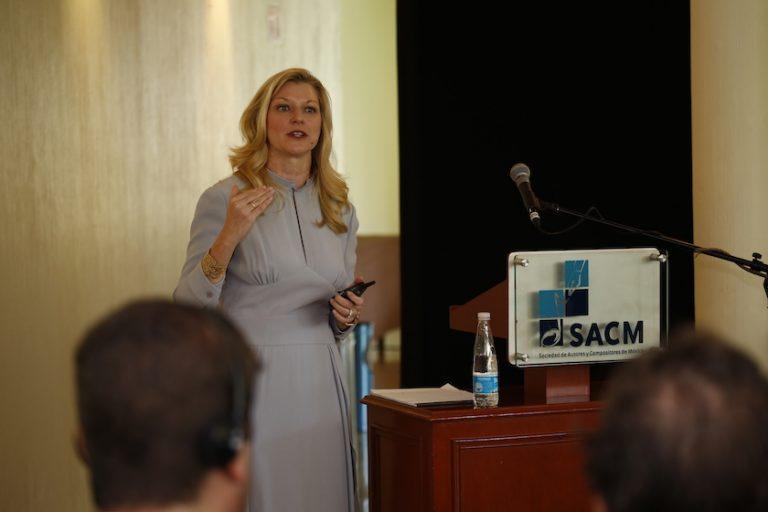
In regard to gender equity, panellist Felicity Wilcox of AGSC urged all to actively seek and see the work of women to help bring it into the mainstream. This visibility needs to become conscious and sustained.
Increasing the presence of female creators for music shows also has been essential to making a social impact in Spain. Natalia Vergara of SGAE pointed this out as well as the need of having data to demonstrate the social impact that females have in music. Another solution was to increase diversity of boards, according to Damhnait Doyle, newly elected board member of Canadian CMO, SOCAN. Magdalena Mattey of SCD in Chile noted that another problem persists with mass media, which makes it difficult for women creators’ works to be disseminated.
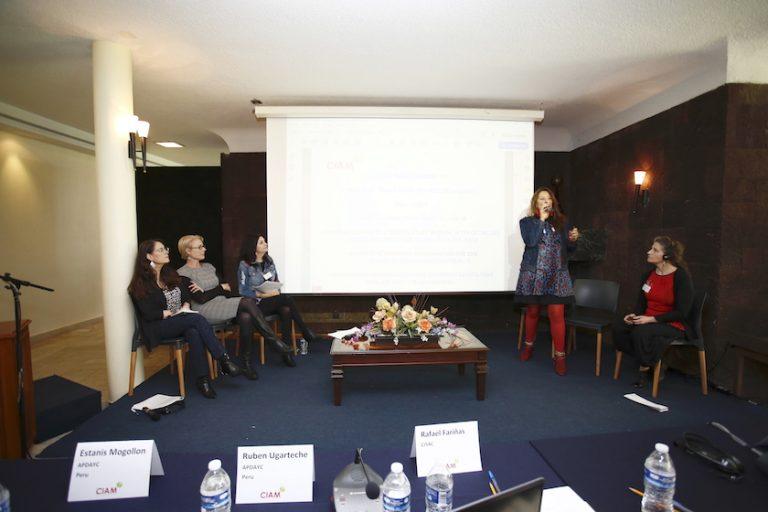
Another CIAM 3.0 pillar is to engage and include the upcoming generation of music creators. Exploring this, the panel focused on increasing audiovisual content for social media, make creators aware about how to protect as well as appreciate their music, and educate them on various aspects of their career (e.g., adding metadata, registering works). This aspect of educating individuals was echoed later on by CISAC’s incoming Regional Director for Latin America & the Caribbean Rafael Fariñas about the necessity to educate politicians and judges regarding copyright.
CIAM not only works on a global level, but on a regional level through continental alliances. These five alliances detailed their activities to the GA, informing delegates about efforts to train songwriters and composers about copyright, school education programmes, research, increased profiles in major industry conferences like Midem 2018, collaboration with OIF in Africa and more. Concerns were also highlighted, such as copyright buy-out in Asia-Pacific, the Copyright Directive reform process in the European Union as well as the Music Modernization Act in the United States and related issues.
CIAM’s Working Groups reviewed their activities in the prior year, as well as what to expect moving forward. These five working groups focus respectively on governance, metadata and technology, training and development, gender equity and Fair Trade Music.

The Code of Good Practice in France was introduced by composer, SACEM Director and CIAM Executive Committee member Wally Badarou. It is a code that could be adopted by music creators and publishers to improve relations and cooperation between these members of the rights holder community.
While traditional methods of communicating and reaching stakeholders (e.g., music creators, the public, politicians) are still relevant, CIAM has added new social media tools, such as Instagram, to expand its reach into the online conversation. CIAM is moving forward to ensure that it is available where the creators are to new generations navigate the world of music and copyright.
On the final day of the GA, SACM held a private copying press conference for Mexican policymakers and local media. SACM called for enacting proper mechanisms to allow for collecting and distributing this key element of a music creators’ stream of revenues for building a sustainable career in music.
